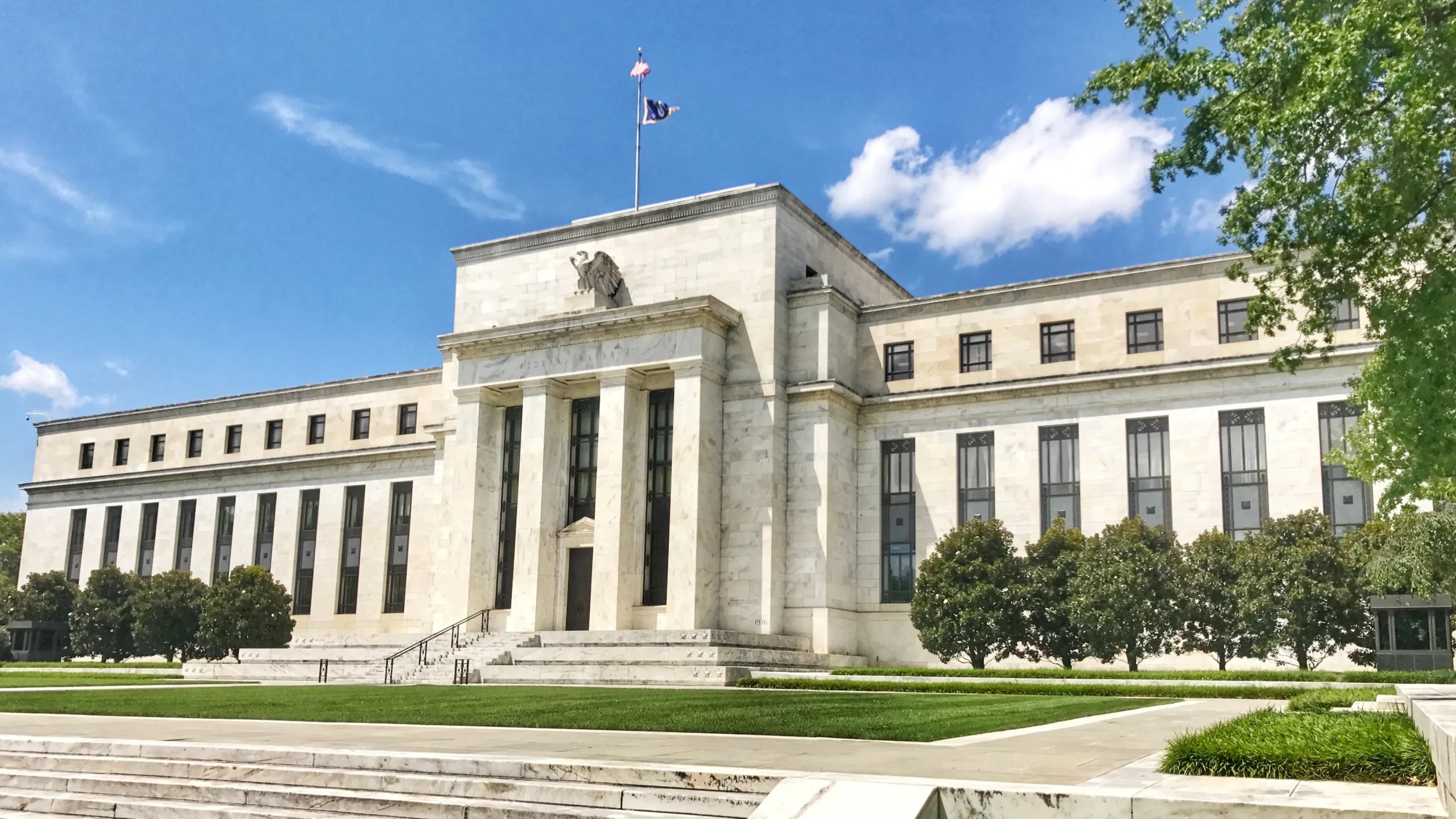With the weakening of the US dollar relative to a basket of other currencies so far in 2025, we have received questions about whether the US dollar is in jeopardy of losing its reserve currency status.
First, let’s start by asking the question, “What does it mean to be a reserve currency?” It means many things, including that the currency is held in large amounts by central banks worldwide. Additionally, major transactions, including those involving commodities such as oil and gas, are typically priced in the reserve currency. Another important feature is that, for a currency to function as a reserve currency, it requires liquid and open capital markets, as well as widespread confidence in its stability among market participants.
It is safe to say all these boxes can be checked for the US dollar, but contrast it against the Chinese yuan renminbi (or simply, the yuan), for example, which has been mentioned as a possible replacement; its markets are not fully open, and it does not have the full confidence of global investors. Similarly, one could argue that Bitcoin, which has also been suggested as a replacement for the US dollar, does not meet the criteria mentioned above.
Let’s remember that if the US were to lose its status as the reserve currency, another currency would need to take its place. What currency would replace the US dollar as the reserve currency? This is an important question that needs to be answered if there is serious consideration for the US dollar to lose its reserve status. As of 2024, the USD comprised 58% of global foreign currency reserves with about 20% in euro, 6% in Japanese yen, 5% in British pound, and 2% in the Chinese renminbi. In short, while it is plausible that it could happen in the future, there is no currency close to replacing the US Dollar as the global reserve currency in the imminent future.
East Bay Investment Solutions, a Registered Investment Advisory firm, supplies investment research services under contract.
This document contains general information, may be based on authorities that are subject to change, and is not a substitute for professional advice or services. This document does not constitute tax, consulting, business, financial, investment, legal or other professional advice, and you should consult a qualified professional advisor before taking any action based on the information herein. This document is intended for the exclusive use of East Bay clients, and/or clients or prospective clients of the advisory firm for whom this analysis was prepared in conjunction with the EAST BAY TERMS OF USE, supplied under separate cover. Content is privileged and confidential. Information has been obtained by a variety of sources believed to be reliable though not independently verified. To the extent capital markets assumptions or projections are used, actual returns, volatility measures, correlation, and other statistics used will differ from assumptions. Historical and forecasted information does not include advisory fees, transaction fees, custody fees, taxes or any other expenses associated with investable products unless otherwise noted. Actual expenses will detract from performance. Past performance does not indicate future performance.
The sole purpose of this document is to inform, and it is not intended to be an offer or solicitation to purchase or sell any security, or investment or service. Investments mentioned in this document may not be suitable for investors. Before making any investment, each investor should carefully consider the risks associated with the investment and make a determination based on the investor’s own particular circumstances, that the investment is consistent with the investor’s investment objectives. Information in this document was prepared by East Bay Investment Solutions. Although information in this document has been obtained from sources believed to be reliable, East Bay Investment Solutions does not guarantee its accuracy, completeness, or reliability and are not responsible or liable for any direct, indirect or consequential losses from its use. Any such information may be incomplete or condensed and is subject to change without notice.
Visit eastbayis.com or more information regarding East Bay Investment Solutions.




